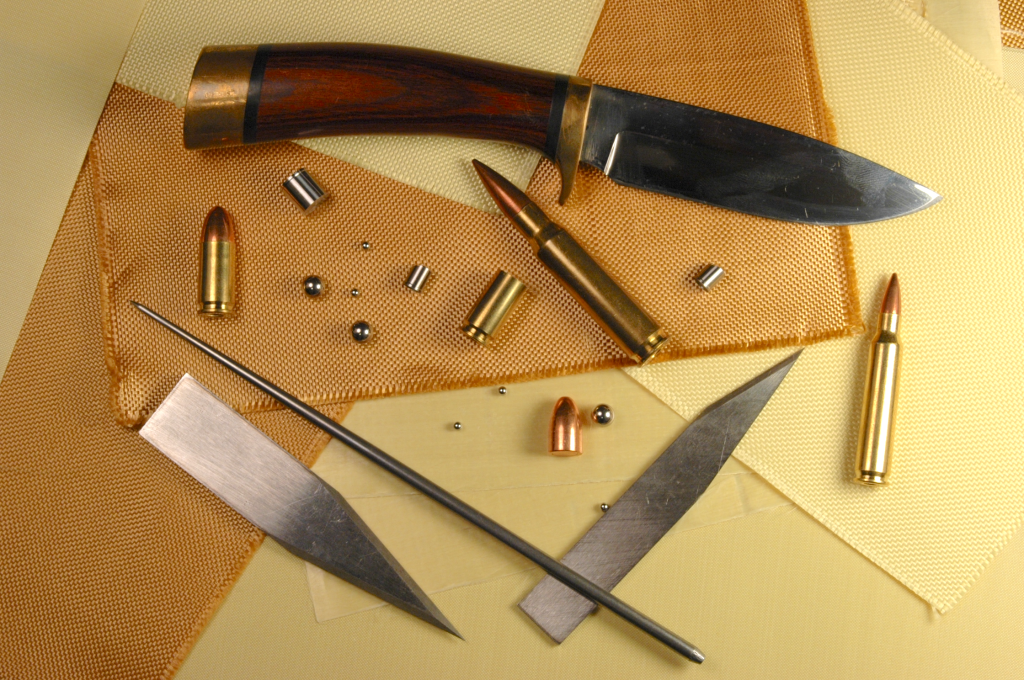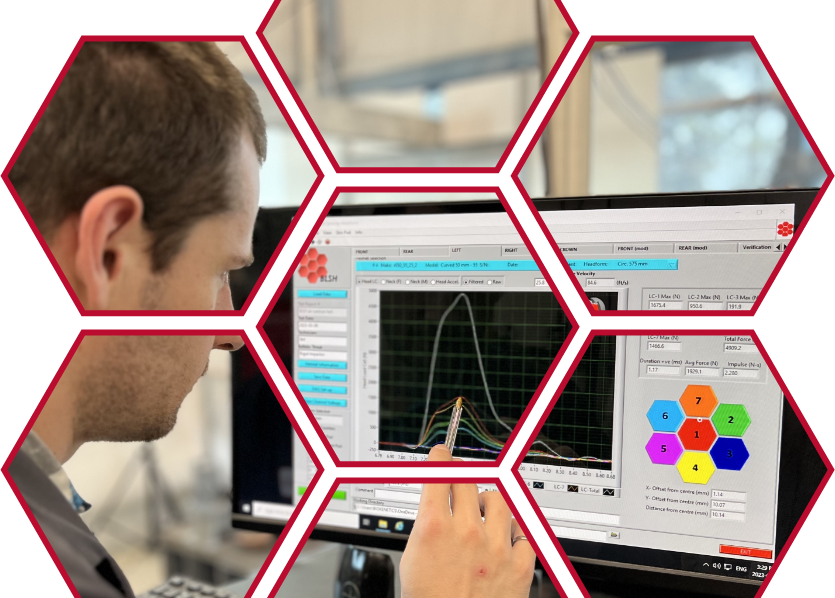
When facing the realities of in-field tactical operations, ensuring the efficacy of body armour against projectiles and other sources of harm is essential for safety and harm mitigation. Whether from a law enforcement, military, security, or industry-adjacent perspective, the significant increase in risk posed by modern warfare tactics and weaponry heightens the need for reliable testing methods and comprehensive threat assessment.
Ballistic testing conducted by an experienced team like Biokinetics provides invaluable insights into specific risks and helps to successfully avoid (and/or reduce where otherwise unavoidable) bodily harm and lethality. With decades of industry-leading expertise behind our team, Biokinetics understands just how essential ballistics testing is to threat mitigation on several levels. Below, we’ll take a closer look at how ballistic testing helps with threat assessment. Read on to learn more.
The Necessity of Threat Assessment
Training manuals, videos, and hypothetical best practices are vital when it comes to preparing responders and operators for field conditions, but the reality is that there is no way to fully anticipate the multiplicity of factors and risks that may present in real-time. Field operations are exceedingly complex and unpredictable and involve outside combatants, civilians, and other actors that rarely conform exactly to proposed conditions. In other words, day-to-day life in the field is full of unknowns and ambiguity where actual risk propensity is concerned.
Threat assessments not only help to identify possible risks and causes of lethality/harm, but they also create a greater understanding of operational threat levels as a whole. This allows operators to prepare accordingly and utilize body armour and other measures that give them the best form of protection possible in spite of unavoidable uncertainty.
From Specifications to Reality
Since field operatives need the best gear possible for a wide range of risk factors, the safety assessment process starts with manufacturers being able to understand exactly what specifications gear needs to uphold and testers needing to be able to assess whether or not body armour units stand up to the direct needs of different classifications.
HG1-level armour, for example, is expected to withstand rounds fired by low-velocity 9mm and .40 S&W ammunition, whereas the expectations of RF3-level armour are significantly higher to protect against threats present in military and tactical operations, wherein weaponry used is likely to be of a much higher calibre and thus, much higher risk of casualties.
Hands-on product evaluation is necessary to ensure that gear performs under field conditions and that manufacturers and operators can sell and purchase with confidence.
Controlled and Real-World Testing
Both controlled and real-world testing methods can be applied to obtain the most comprehensive data regarding product safety and efficacy. Laboratory-controlled and implemented testing, such as the testing done by Biokinetics in our state-of-the-art facilities, helps to provide standardized results that inform performance benchmarks and future safety standards for everyone’s benefit.
Real-world testing provides insights that would otherwise be near impossible to replicate in controlled settings, which can be vital when it comes to making iterations and future design modifications for enhanced performance, user comfort, product longevity, and more. The challenge in this scenario, however, is that preliminary testing of new-to-market designs can be subject to intense competition and even espionage practices to gain an edge over proprietary designs. To protect against these pitfalls, manufacturers walk a careful line between utilizing the ‘sterile’ results provided by lab tests and carefully conducting field testing for the most robust dataset possible.
In-House Testing Benefits
Fortunately, ballistics testing tends to align well with more controlled scenarios, which makes in-house testing in custom-designed environments designed to replicate certain conditions as closely as possible viable. When conducted by a skilled team like the engineers at Biokinetics, in-house testing enables meticulous monitoring and control of all conditions and variables, ensuring consistent and accurate results that inform product modifications and industry regulations. In-house testing also affords the luxury of expedited results and cost-effectiveness as the information gathered is highly reliable and less subject to unquantifiable outliers, and other issues that may otherwise complicate reaching a standardized understanding of threat levels and mitigation measures. In essence, in-house ballistic testing can help to replicate the benefits of field testing and provide exceptional results alongside peace of mind.
Meet Your Leaders in Ballistic Testing: Biokinetics
At Biokinetics, our expertise in ballistic testing allows us to provide industry-leading insights that ensure the highest standards of protection. Our state-of-the-art facilities and rigorous testing protocols ensure that every piece of equipment is evaluated meticulously. We understand that there is no margin for error in the world of tactical operations and that accurate threat assessment is non-negotiable. Our commitment to excellence means that operators can trust the gear they rely on to keep them safe. Learn more about our ballistic testing services by contacting our team today!

